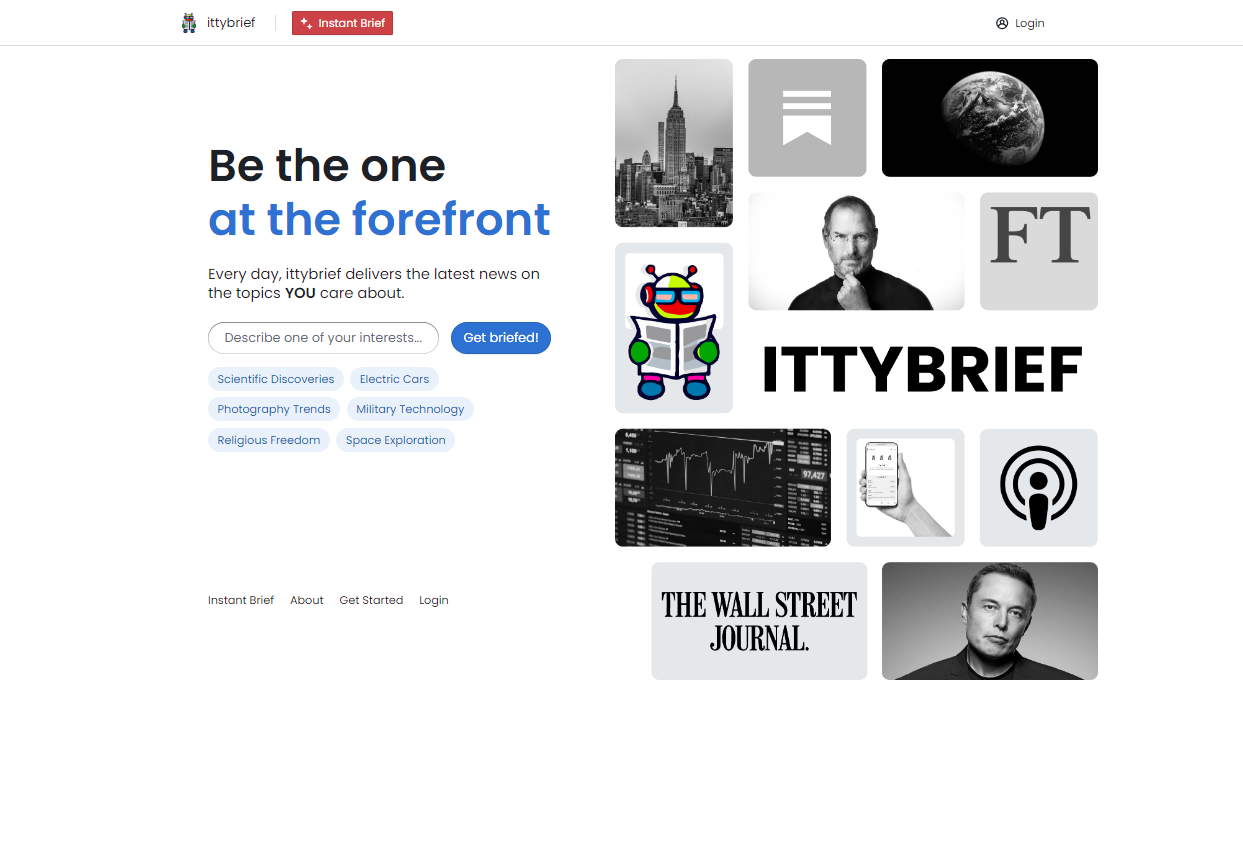The UN Join SPACE10 in Global AI Design Competition
As society continues to adopt technology into all aspects of daily life, the study of digital reality is becoming increasingly relevant. Virtual and supplemented reality platforms offer new ways to communicate, work, learn, and entertain, revolutionising the way we interact with the world around us.
Architecture is an irreplaceable theme in shaping our experience in these digital spaces, adapting to our changing needs and expectations while preserving the essence of human connection and well-being.
SPACE10 will host a global design competition to redefine the home through AI. Over the past year, generative AI tools have expanded the possibilities for imagination and creativity, allowing millions of people to visualise worlds beyond what we ever thought possible. In a first-of-its-kind contest, SPACE10 invites participants to apply new AI tools to create the homes and cities of the future.
Regenerative Futures is part contest, part open-source research, open to all. The contest encourages play and imagination to create visual concepts for future homes, communities, and cities that will help solve some of the biggest challenges facing everyday life.
There are 3 scenarios for participants:
Resilient Futures: Design of a single house. How can we design future homes as spaces of refuge and resilience? How will sudden climatic changes affect them?
As climate change problems get more frequent and severe, people are forced to adapt and live in more extreme environments. A stable home is one that can take inspiration from regenerative practices, Indigenous or traditional technologies, and can use local materials. Participants were asked to consider how it relates to its surrounding environment and location on the planet.
Symbiotic Futures: Design of a small community. How will future communities exist with non-human species? And how might the design of our homes and communities help to save surrounding ecosystems?
As we approach the biggest ecological collapse, we must invent how our future homes and communities can support local biodiversity to thrive. Materials, location, and nature’s own creativity must be accounted for in design. Imagine a future where non-human organisms become allies in co-designing our homes and neighbourhoods.
Collective Futures: Design of a city. What would a future city look like?
How can we adapt existing structures and streets to better support collective living? As city populations grow, there will be a huge demand for resources like energy, food, and water. How can we improve and adopt today’s city, its buildings, and infrastructure to provide these daily essentials? This future city will be more aware and abundant — to meet residents’ needs.
The idea of integrating and incorporating artificial intelligence into architecture is supported all around the world. IKEA’s brand office management admits that we are only in the beginning of understanding the potential of AI tools. The exciting competition that explores the reach of the global community’s collective imagination when given the chance to play with these tools, to test the limitations and opportunities that lay before us.
AI Catalog's chief editor









